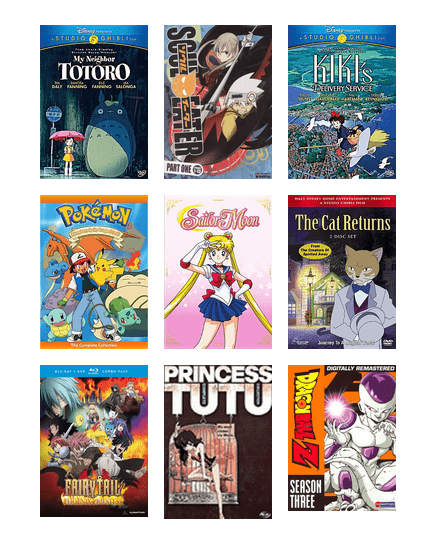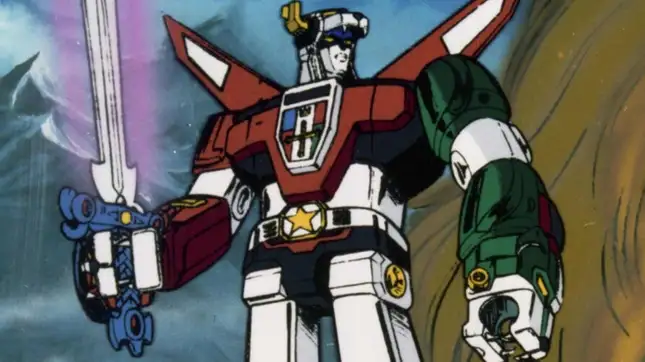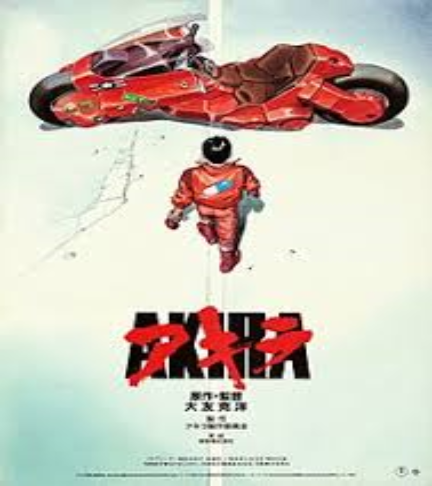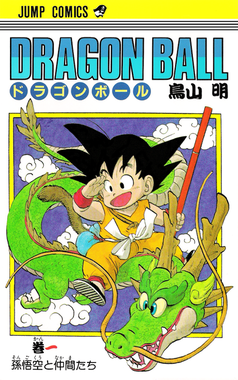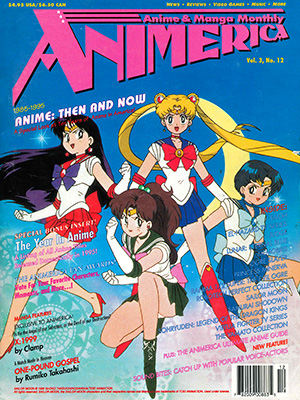To read part one, click here.
Last time I wrote about the history of animation in Japan and left off at the early 80s. This decade was huge for anime. Movies proved theatrically successful. TV shows often became better looking, and series maintained popularity over several years. All this, plus the VCR became common. VHS tapes allowed for niche anime topics to bypass theatrical or TV contracts. Anime thus, branched deeper into sports, romance, fantasy, even video game adaptations. Fans of anime had a lot to work with. There was even a word for highly devoted fans: otaku. Anime became so big that it as a concept, as a distinguishable style, it further spread through the world.
The US still had a narrower outlook toward animation in the 80s. As mentioned, animation was often regarded for children. TV cartoons were designed for young audiences, and by the 80s, often designed to sell toys. Theatrical animated movies were practically always family friendly, and the few attempts to appeal to adults, like with 1981’s Heavy Metal, reception was lukewarm. Yet, cable TV was on the rise in the 80s and some newer channels imported the more family friendly Japanese cartoons. Voltron, bearing similarity to Transformers, was one of the more famous anime shown here in the early 80s. Depending on the location, PBS stations sometimes aired anime, particularly in California markets.
Like in Japan, videotape sales of anime in the US could translate to direct financial gain. Videotape distributors began to translate and subtitle some of the more successful anime series and movies. Subtitling was easier than dubbing, but as sales increased, distribution companies had branches dedicated to dubbing. By the late 80s, movies like My Neighbor Totoro, Twilight of the Cockroaches, and Akira, had all been dubbed. Videotapes were growing more available, and if not sold in stores, anime tapes were available through mail-order.
With the dawn of the 90s, the climate toward animation began to shift in the US. For one, The Simpsons sitcom bridged a gap that showed animation could appeal to wider audiences. Cable channels tried to pull older audiences in with animated shows like Aeon Flux and Beavis and Butthead. I do think anime would have gone mainstream here regardless, but the friendlier climate toward more mature animation certainly helped.
For me, and for other kids located far from big cities and latest trends, I hadn’t yet heard a whiff about anime by the early 90s. I did see stuff on the periphery. The Akira manga was translated and sold in comic book shops. I heard about Ghost in the Shell releasing in limited theatres. My local PBS even aired the first 13 episodes of Dragonball. As far as I ever saw, Sailor Moon appeared only once on our local Saturday morning cartoons, but these shows came and went quickly. It wasn’t until my family had cable TV that I’d truly see anime movies.
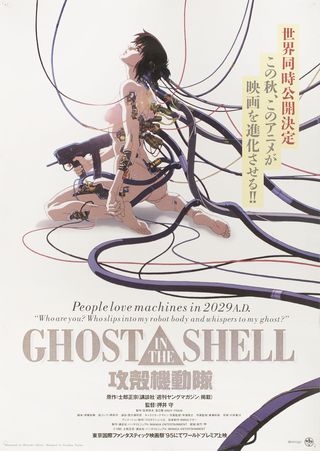
Starting in early mid 90s, the Sci-Fi channel, as it was then known, began to air anime movies on Saturday mornings. Saturday was still the typical day for cartoons. As a young teen at the time, I still longed to wake and watch something over the course of the morning. The Sci-Fi had a list of some heavy hitters too: Akira, Project A-Ko, Ghost in the Shell, Vampire Hunter D, Venus Wars, Ninja Scroll, and way more than I can remember. I know I was exposed to some amazing anime, and for a few years in summertime, the Sci-Fi channel did weeklong primetime anime marathons.
Access to these anime movies on cable helped broaden a fan base. Before long, video stores had entire anime sections. There existed a bit confusion in those early days though. For one thing, anime was sometimes referred to as Japanimation, a a name that luckily faded as larger fan-bases seemed to prefer anime. I heard many stories of kids and parents who assumed anime was primarily designed for kids, since well, that’s what they knew. Blood splatter and decapitated limbs later, those parents learned hard lessons. Some people even seemed to dislike the idea of dubs, arguing subtitles were a purer way to watch anime, but dubbing certainly gave the medium broader appeal.
Like any new thing, I remember some resentment directed toward anime for no real reason other than it was different from what people knew. Over the decade, anime spread to other TV networks. By the latter half of the 90s, both Dragonball Z and Sailor Moon found a home on Cartoon Network. Pokémon soon flowed into the mainstream and the rest was honestly, a breaking of the flood gates. Anime continued to permeate TV and media sales. Disney would strike a deal to distribute many Ghibli movies, and the culture became more and more accepting. Anime is everywhere today. Movies and series are often brought over to streaming quite soon after they release in Japan, sometimes even simultaneously.
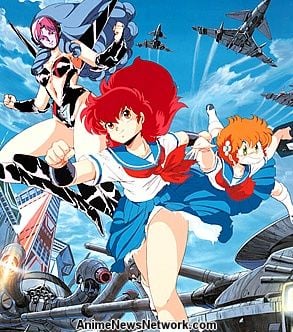
There was that time in the 90s when anime did seem niche here, when I was late to the party by some standards, but was happy to see anime grow more accepted. Truthfully, I liked some of the 90s anime movies best. Sure, many had released in Japan a decade prior, but it really was a rather golden era here in the US for anime. Early anime movies pushed boundaries in terms of hand-drawn animation, storylines, and subject matter. I tend to watch Akira every few years, and the animation is still among the finest I’ve ever seen. I still love Project A-Ko for the odd plot that eventually turns into the some of the finest fight scenes ever. And I love how deep into the human experience Studio Ghibli movies can go. These 90s releases are at the forefront of those that led the charge and helped make anime a staple throughout the whole world. Lucky for any viewers willing to give it a try, anime has carved a place on the world stage.
